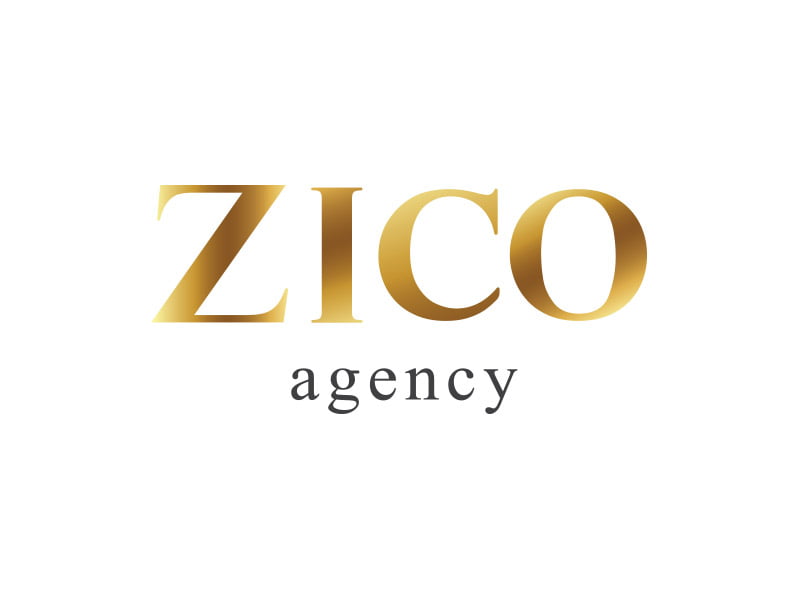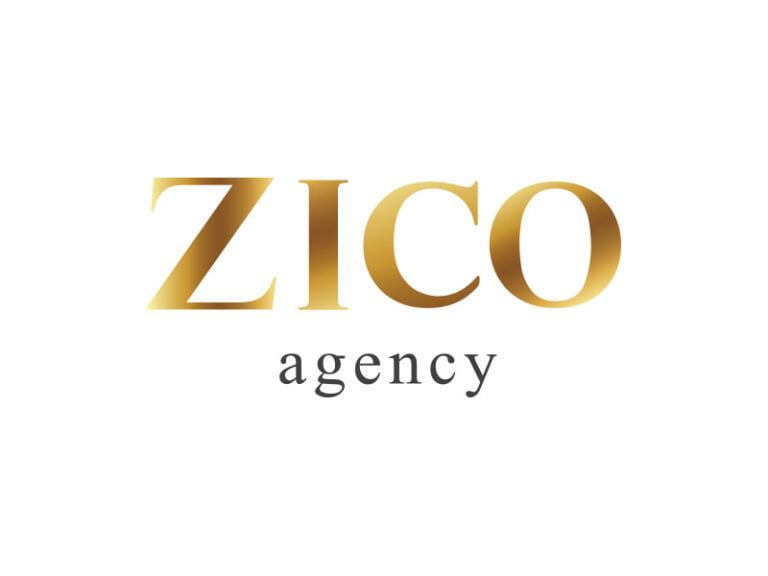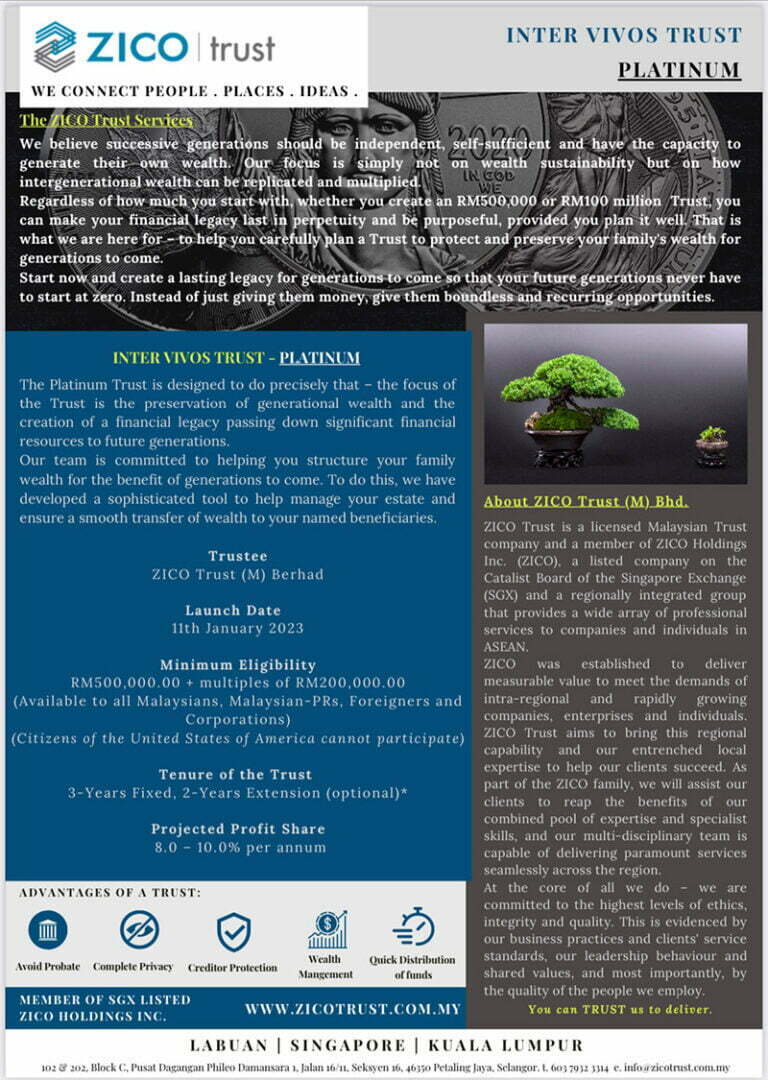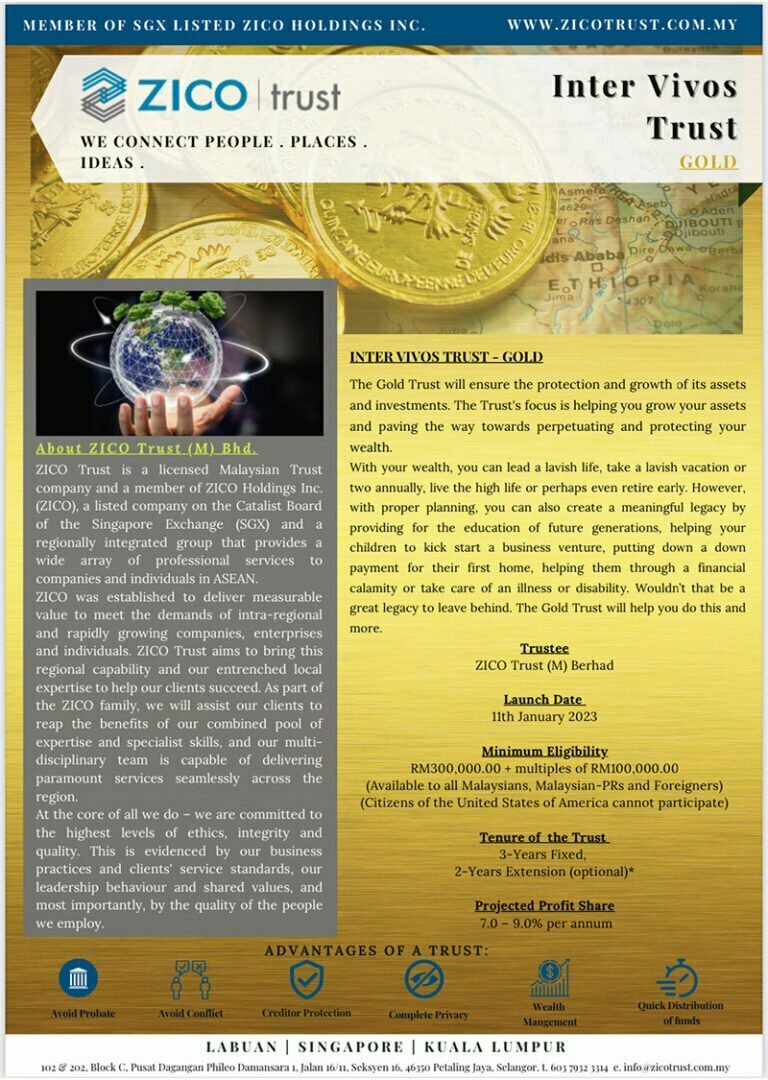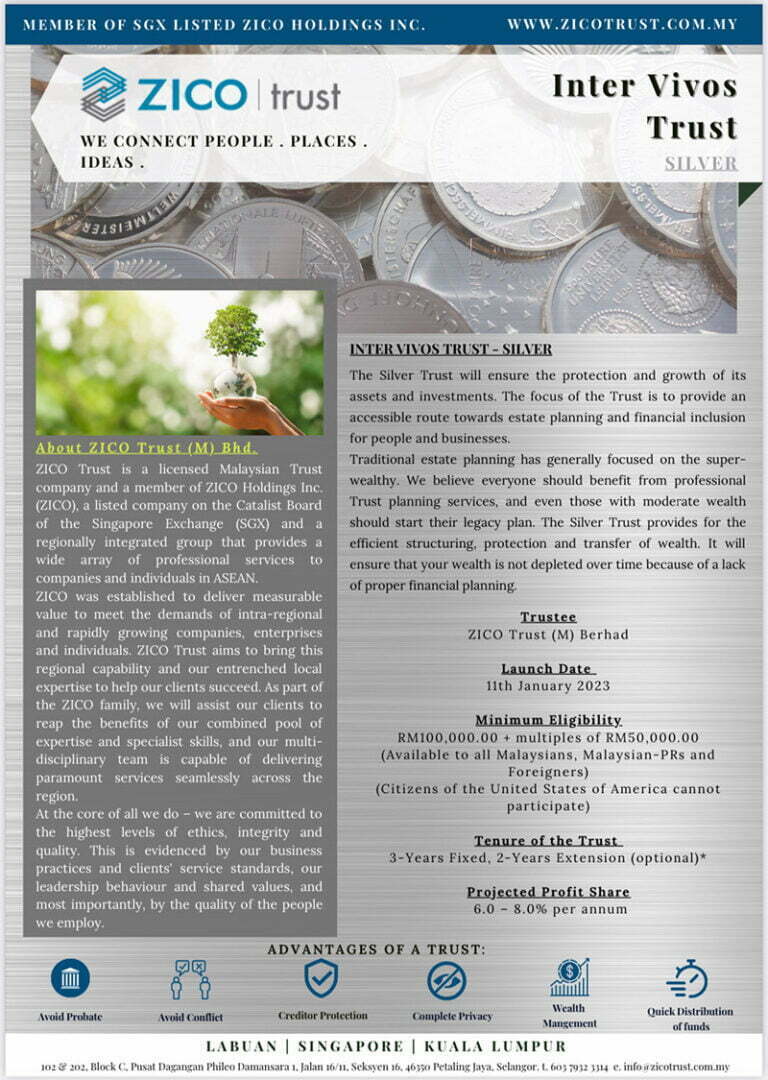Will and trust are commonly used in estate planning. While they are created for wealth preservation purposes, each tool has its own functions and hence, differ from one another. Their key differences are listed down as follows:
1. Commencement Date
A will document is effective upon the passing of its testator. Meanwhile, a trust, except for a testamentary trust, can be effective during the settlor’s lifetime.
For example, Mr. A has written a will and set up a living trust. He has placed RM 100,000 into his trust. Thus, as long as Mr. A remains alive, his will is ineffective. Meanwhile, his trust remains active and the trustee shall administer the cash as instructed by Mr. A via his trust deed.
2. One Will. Multiple Trusts.
If an individual passes away, the legislation shall recognise his latest will written and release the Grant of Probate (GP) to the executor of his latest will. All of his previous wills shall be voided effectively upon the writing of his latest will. With respect to this, an individual shall have one effective will document at any point in time under one jurisdiction.
For instance, Mr. A has written a will in 2010 with Lawyer B. Then in 2015, Mr. A rewrote his will with Lawyer C. As such, his will written in 2010 shall be nullified. The High Court shall recognise Mr. A’s last will document written in 2015.
Whereas, an individual can set up multiple trusts within a single jurisdiction.
For example, it is possible for Mr. A to form two or three trusts with a handful of trust corporations for his specific and unique purposes in Malaysia.
3. Estate Distribution Process
Upon the passing of a testator, his estates shall be frozen. The process to unlock his estates shall be administered by the will’s executor. This includes him having to obtain the Grant of Probate (GP) from the High Court, settling all of his debts and taxes owed and distributing all his remaining estates to all his beneficiaries. The estate distribution process could take around 1-2 years to be completed.
Whereas, the assets held within a trust (except testamentary trust) shall remain unfrozen upon the settlor’s passing. The trustee can continue to retain, manage and distribute the assets to the trust’s beneficiaries based on the trust deed. As such, in regards to estate distribution, the process is easier and shorter as there is no need to obtain the GP from the High Court.
For instance, Mr. A has placed RM 500,000 in fixed deposit and RM 500,000 into his living trust. Upon his passing, Mr. A’s fixed deposit shall be frozen and will be forming part of his estates. Mr. A’s beneficiaries shall require a will to unlock the estates. Whereas, the RM 500,000 parked into his living trust remains unfrozen. The trustee shall continue to manage or distribute the assets within based on its trust deed.
4. Protection Against Creditors
As discussed, the executor of a will shall first pay off all debts and taxes owed to the testator’s creditors and tax authorities before distributing the balance of his estates to his beneficiaries.
Hence, a will does not offer asset protection against creditors.
Whereas, when the settlor places his estates into his trust (except testamentary trust), it involves a transfer of legal ownership of his estates to the trust. Hence, it enables a trust to offer greater asset protection against his creditors. But with that being said, such protection is subjected to the relevant laws in Malaysia.
5. Beneficiaries
Obviously, the testator cannot be a beneficiary of his own will document. But, it is possible for the settlor to nominate himself as a trust’s beneficiary, except for a testamentary trust.
For instance, Mr. A placed RM 500,000 into his living trust. In the trust deed, Mr. A nominated himself to be a beneficiary and instructed his trustee specifically to distribute RM 5,000 a month in living expenses to him if he becomes critically ill, or partially disabled, or has dementia in the future.
Conclusion:
In short, both will and trust are complementary to one other as they can offer a much comprehensive protection to one’s financial wealth and legacy. Presently, it is a good practice to have our estate plans professionally reviewed once every 1-2 years.

